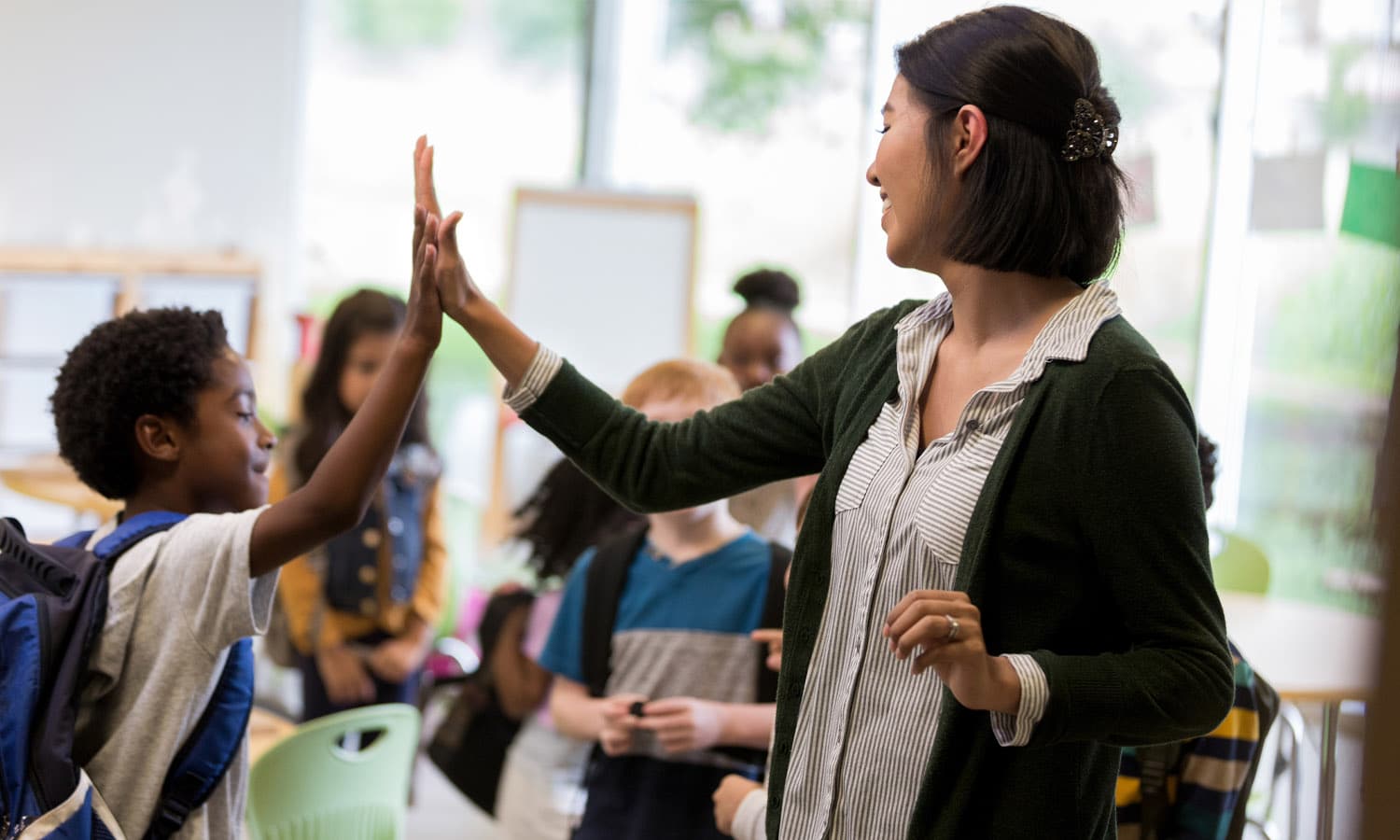The dyslexic brain processes information differently than a typical brain, and as a result, dyslexic learners have thinking skills that are unique and creative. Students with dyslexia look at the world differently and have a distinct way of thinking that is connected to how they process information around them. Teachers who are aware of dyslexic thinking skills can implement the right teaching strategies to support students with dyslexia. Read below to learn about six dyslexic thinking skills inspired by Made By Dyslexia that teachers should keep in mind!
Dyslexia Thinking Skill #1: Exploring
A desire to explore is a dyslexia thinking skill that drives students to be interactive learners. Since dyslexic students have an innate curiosity about the world around them, this unique ability is a fantastic addition to any classroom. When teachers use this need to explore to empower students, they use a dyslexic thinking skill to benefit everyone in a class. Educators can incorporate curiosity into their teaching strategies by introducing scavenger hunts or creative thinking activities to make the classroom a more hands-on experience for dyslexic learners and their peers.
Dyslexia Thinking Skill #2: Communicating
Communication skills are vital to the success of any student. Dyslexic communicators are appreciative of clear, engaging messages and instructions from their teachers. When teachers create lessons that are exciting for students and have clear, concise goals, everyone in the classroom is set up for success! Educators can also incorporate activities that encourage all students to practice communication skills. For example, instead of written reports, teachers can allow students to give a speech or present a project in the way that best fits their natural communication skills.
Dyslexia Thinking Skill #3: Imagining
Students with dyslexia are creative thinkers in many different scenarios. At every age, children with dyslexia can employ their imagination to help them achieve goals and find creative solutions to problems in academic environments. Dyslexic learners often overcome reading and writing challenges with creative approaches and tactics. When teachers incorporate creative activities that stimulate their students’ imagination, they help imaginative learners flourish.
Dyslexia Thinking Skill #4: Reasoning
Children with dyslexia often understand patterns and depend on logical reasoning as an essential part of their learning process. When given the opportunity to practice these skills, inquisitive students with dyslexia often like to apply logic to their tasks and are excellent critical thinkers. Logical reasoning can give dyslexic students an advantage when presented with tasks requiring problem-solving and analysis, which are valuable skills in the professional world.
Dyslexia Thinking Skill #5: Visualizing
Visual learners interact with the spaces around them and use their senses to explore the world. Children with dyslexia often have excellent visualization skills, so they enjoy activities where they can use their bodies during multisensory activities and when there are physical representations of concepts. An educator who has visual learners in their classroom can introduce games that require physical involvement, such as Simon Says or copy games, or implement Orton-Gillingham-based lessons that use multiple senses. Additionally, activities such as tracing, hopping, and even sky-writing when learning are ways that help learners visualize.
Dyslexia Thinking Skill #6: Connecting
Connecting and empathizing with others is a skill many dyslexic students excel in. As students with unique challenges, they are often more able to explore their feelings and have a positive influence on others. Educators who are aware of their dyslexic students’ desire to connect with others can encourage them to work in groups and continue developing interpersonal skills. Teachers and tutors are also in a unique position where they can develop a trusting relationship and enjoy the long-term benefits of connecting with their dyslexic students.
ReadSource is proud to serve the dyslexia community by offering online resources and training courses to benefit struggling readers and dyslexic students. ReadSource empowers parents and educators to respond to the needs of dyslexic learners, so they can flourish in any academic environment. Explore our available teacher training courses and online resources, and continue supporting the members of the dyslexia community with ReadSource by contacting us today.6 Dyslexic Thinking Skills Teachers Should Keep in Mind








Leave a Reply